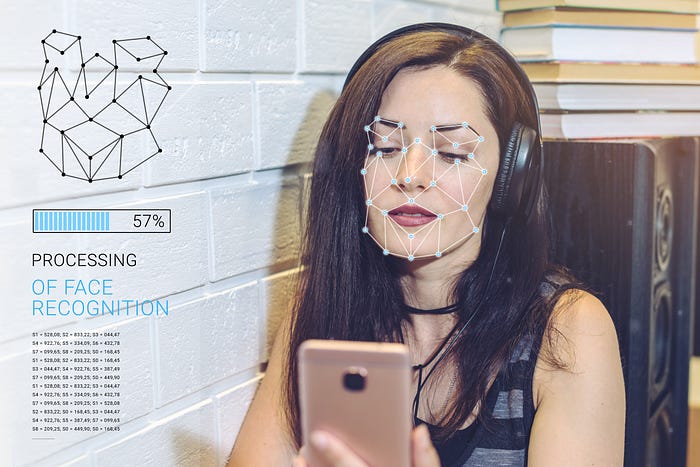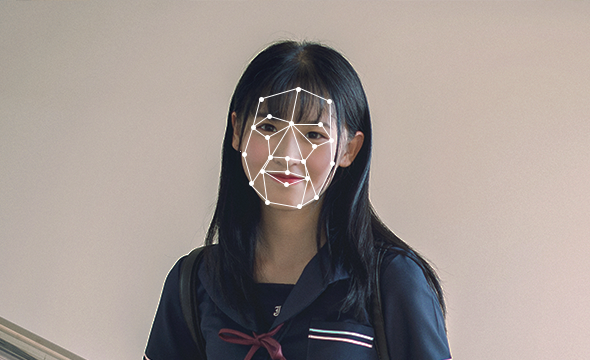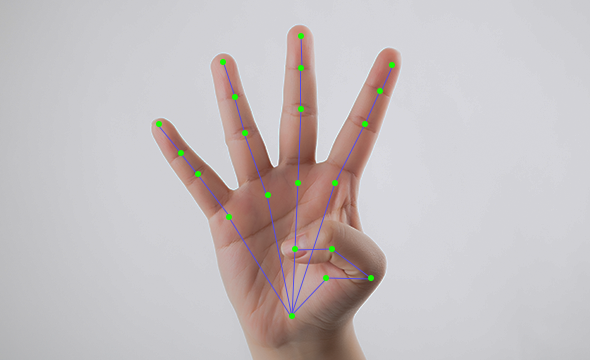➤ Biometric data: applications and collection
It is essential to optimize and annotate datasets to ensure that AI models achieve optimal performance in real world applications. Researcher can significantly improve the accuracy and stability of the model by prepossessing, enhancing, and denoising the dataset, and achieve more intelligent predictions and decision support.Training AI model requires massive accurate and diverse data to effectively cope with various edge cases and complex scenarios.
Biometrics technology is closely combined with high-tech means such as computer and optics, acoustics, biosensors and biostatistics principles, and uses the inherent physiological characteristics of the human body (such as fingerprints, faces, irises, etc.) and behavioral characteristics (such as handwriting, voice, gait, etc.) for personal identification.
With the development of AI technology and the large-scale popularization of IoT devices, the collection and application of biometric data has become more common. Biometric data refers to personal biological information samples collected through various sensors (including cameras and microphones), which can be personal physiological, biological or behavioral characteristics.
Application Scenarios of Biometric Data
Biometric data is mainly used in identity verification and identity recognition scenarios. Both of these application scenarios require that the user’s biological sample data be collected in advance and converted into biological template data for storage, and the newly collected feature information is compared with the system during verification and identification.
➤ Biometric data for identity recognition
Identity Verification
In the processing of some banking services, the customer first presents his or her ID card as the first layer of identification information, and the staff collects the customer’s face photo through the camera, generates facial feature information, and matches the customer’s facial information data stored in the system. Verify that it is the same person.
Identity Recognition
The user does not show other identity certificates, and finds out the corresponding user information through the biometric information collected on the spot, such as the face recognition access control system of the community.
The accuracy of biometrics is largely dependent on the nature and quality of the training data. Nexdata provides multi-scenario biometric data, covering face recognition data, face anti-spoofing data, gesture data, gait data and etc.
1.Face Recognition
● 23,110 People Multi-race and Multi-pose Face Images Data
This data includes Asian race, Caucasian race, black race, brown race and Indians. Each subject were collected 29 images under different scenes and light conditions. The 29 images include 28 photos (multi light conditions, multiple poses and multiple scenes) + 1 ID photo. This data can be used for face recognition related tasks.
● 25,998 People Multi-race 7 Expressions Recognition Data
The data includes male and female. The age distribution ranges from child to the elderly, the young people and the middle aged are the majorities. For each person, 7 images were collected. The data diversity includes different facial postures, different expressions, different light conditions and different scenes. The data can be used for tasks such as face expression recognition.
● 110 People — Human Face Image Data with Multiple Angles, Light Conditions, and Expressions
The 110 People — Human Face Image Data is gathered through camera shot involving 110 native speakers, developed with a proper balance of gender ratio and age group distribution covering major colour tones human race. 2100 pictures per person with glasses, expressions, camera shooting angle, and lighting conditions. All Attributes are annotated, including gender, age, expression, etc. The overall accuracy rate is ≥ 97%.
● 5,438 People — Infrared Face Recognition Data
The collecting scenes of this dataset include indoor scenes and outdoor scenes. The data includes male and female. The age distribution ranges from child to the elderly, the young people and the middle aged are the majorities. The collecting device is realsense D453i. The data diversity includes multiple age periods, multiple facial postures, multiple scenes. The data can be used for tasks such as infrared face recognition.
2. Face Anti-spoofing
● 1,417 People — 3D Living_Face & Anti_Spoofing Data
The collection scenes include indoor and outdoor scenes. The dataset includes males and females. The age distribution ranges from juvenile to the elderly, the young people and the middle aged are the majorities. The device includes iPhone X, iPhone XR. The data diversity includes various expressions, facial postures, anti-spoofing samples, multiple light conditions, multiple scenes. This data can be used for tasks such as 3D face recognition, 3D Living_Face & Anti_Spoofing.
➤ Data sets and their uses
● 1,056 People Living_Face & Anti-Spoofing Data
The collection scenes include indoor and outdoor scenes. The data includes male and female. The age distribution ranges from juvenile to the elderly, the young people and the middle aged are the majorities. The data includes multiple postures, multiple expressions, and multiple anti-spoofing samples. The data can be used for tasks such as face payment, remote ID authentication, and face unlocking of mobile phone.
3. Gesture
● 314,178 Images 18_Gestures Recognition Data
This data diversity includes multiple scenes, 18 gestures, 5 shooting angels, multiple ages and multiple light conditions. For annotation, gesture 21 landmarks (each landmark includes the attribute of visible and visible), gesture type and gesture attributes were annotated. This data can be use for tasks such as gesture recognition and human-machine interaction.
● 558,870 Videos — 50 Types of Dynamic Gesture Recognition Data
The collecting scenes of this dataset include indoor scenes and outdoor scenes (natural scenery, street view, square, etc.). The data covers males and females. The age distribution ranges from teenager to senior. The data diversity includes multiple scenes, 50 types of dynamic gestures, 5 photographic angles, multiple light conditions, different photographic distances. This data can be used for dynamic gesture recognition of smart homes, audio equipments and on-board systems.
4. Gait
● 100 People — Gait Recognition Data
The collecting scenes of this dataset include indoor scenes (exhibition hall, front desk), outdoor scenes (square, gate of the company) . The data diversity includes multiple age groups, multiple time periods, 5 kinds of scenes, 3 kinds of garments, different shooting angles. For annotation, the binarization processing was adopted for the image frames. The data can be used for tasks such as gait recognition in surveillance scenes.
End
If you need data services, please feel free to contact us at info@nexdata.ai.
Data-driven AI transformation is deeply affecting our ways of life and working methods. The dynamic nature of data is the key for artificial intelligent models to maintain high performance. Through constantly collecting new data and expanding the existing ones, we can help models better cope with new problems. If you have data requirements, please contact Nexdata.ai at [email protected].









 Previous
Previous Next
Next




